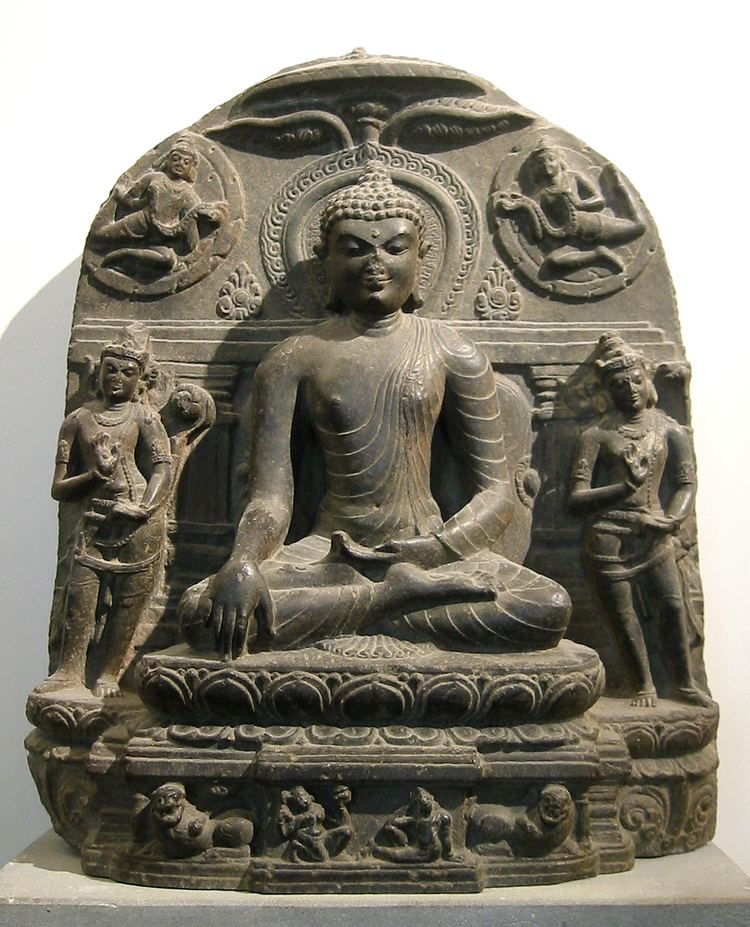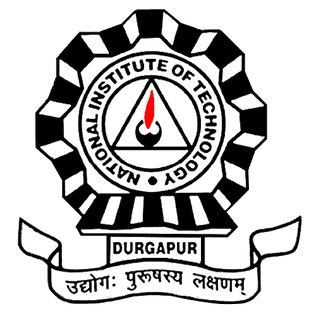Country Population 493,405 (2001) Languages spoken Area 154 km2 | State District Barddhaman Founded Dr. Bidhan Chandra Roy (former chief minister of West Bengal) Mayor Apurba Mukherjee | |
Colleges and Universities National Institute of Technology - Durgapur, Dr BC Roy Engineering College - Durgapur, Bengal College of Engineering & Technology, Durgapur Government College, Michael Madhusudan Memorial College | ||
Durgapur is a city in the state of West Bengal, India, located about 160 km from Kolkata, in Burdwan District. It was a dream child of Dr. Bidhan Chandra Roy, the second chief minister of the state. The industrial township was designed by Joseph Allen Stein and Benjamin Polk and is home to one of the largest industrial units in the state, Durgapur Steel Plant, one of the integrated steel plants of Steel Authority of India Limited. Alloy Steels Plant of S.A.I.L. and Central Mechanical Engineering Research Institute (C.M.E.R.I.), a C.S.I.R. laboratory, are also here. Allied ICD Services Limited, the custodian of the only operational inland port (ICD Durgapur) in Eastern India, is situated in Durgapur as well. There are four power plants Durgapur Projects Limited (D.P.L.), Durgapur Thermal Power Station, Damodar Valley Corporation & N.S.P.C.L., and some chemical and engineering industries at Durgapur. Some metallurgical units have come up in recent years. The National Institute of Technology, Durgapur (earlier known as Durgapur Regional Engineering College) is one of the most prominent seats of the Indian Central Governments Engineering and Technological Education.
Contents
- Map of Durgapur
- Durgapur society of management science dsms
- Nukkad natak andekhi at iim calcutta by enteract club nit durgapur
- History
- Geography
- Places of interest
- References
Map of Durgapur
Durgapur society of management science dsms
Nukkad natak andekhi at iim calcutta by enteract club nit durgapur
History

The name Durgapur has come from the name of Sri Durgamohan Chattopadhyay, the Zamindar of Gopinathpur area of Durgapur and the erstwhile scion of the family of Chatterjees of Sagarbhanga area.Much of modern Durgapur is situated on the lands formerly owned by Zamindars like the Chatterjees of Sagarbhanga, Sri Radhanath Chattopadhyay of Gopalpur and the Zamindars of Bhiringi(presently a part of the area known as Benachity).

Archeological excavations at Birbhanpur, on the bank of the Damodar, have revealed a number of stone implements. These are dated to be around 5000 BC. Many of these are hunting implements used by pre-historic hunters. Earlier, some of the excavations at Pandu Rajar Dhibi, on the banks of the Ajay, just beyond Durgapur but in Bardhaman district, revealed traces of a civilization possibly linked with the Indus Valley Civilisation. These are important historical finds and are yet to be fully explored.
Mighty emperors reigned in this region over the centuries, but it is difficult to pinpoint who held sway over the area at different times. Historians talk of this region being a part of the Maurya and Gupta empires, the empire of Harsha Vardhan and the Mughals. Being a border region, it could have been on either side of the unmarked and flexible borders of the mighty empires. Moreover, the infertile soil with deep impenetrable forests and wild animals was probably not a very inviting proposal for any emperor on the look out for wealth and treasures. Even when coal mining made forays into the adjoining Asansol-Ranigunj area from the late eighteenth century, and factory chimneys reared their heads somewhat later, Durgapur remained an impenetrable jungle that few dared to trespass into.
In the mid-nineteenth century, the railway traversed the Durgapur area; even fairly recent pre-independence travelers describe Durgapur as a small station, with dim kerosene lanterns burning at night, where only a few passenger trains stopped. Local chieftains such as Bhabani Pathak and Ichhai Ghosh were the heroes of the jungle-territory and probably held many a great emperor at bay. Many of them must have passed through looking for wealth in the famed granaries of Bengal further east but probably never found the place attractive enough to show their prowess.
It is unlikely that Bhabani Pathak of Durgapur was the same person linked with Devi Choudhurani, made famous by Bankim Chandra Chatterjee. Their area of activity was around Rangpur, now in Bangladesh. Although barges used to carry coal down the Damodar in those days and the river was more navigable than now, the area was never a watery haven as some areas of east or north Bengal were. However, legends have more impact on people than the hard realities of history.
The area was part of the Bardhaman Raj, who ruled on the basis of a firman from the Mughal emperor. Mir Kassem, then Nawab of Sube Bangala, ceded Bardhaman along with Medinipur and Chittagong to the East India Company in 1760 (three years after the Battle of Plassey), and the Bardhaman Raj continued to function under British tutelage.
Geography
Durgapur is located at 23.48°N 87.32°E? / 23.48; 87.32. It has an average elevation of 65 metres (213 ft).
Durgapur is in the Burdwan District of West Bengal, on the bank of the Damodar River, just before it enters the alluvial plains of Bengal. The topography is undulating. The coal-bearing area of the Raniganj coalfields lies just beyond Durgapur; some parts intrude into the area. The area was deeply forested till recent times, and some streaks of the original forests are still there.
Two mighty rivers border it on the north and the south. The Ajay River flows past unhindered in the north; the Damodar River on the south has two obstacles in its path – first one is the Anderson Weir at Randiha constructed in 1932 and the second one is the massive 692-metre long Durgapur Barrage at Durgapur, constructed in 1955 and controlled by Damodar Valley Corporation. Two rivulets, Singaran and Tamla, flow through the area and join the Damodar River. Two other rivulets, Kunur and Tumuni, join the Ajay River.
Durgapur subdivision is surrounded by Asansol subdivision on the west, Bardhaman Sadar North subdivision on the east, Bankura district across the Damodar in the south, and Birbhum district across the Ajay River to the north.
The Grand Trunk Road (NH2) virtually bifurcates the area. This historically important arterial connector has now been widened into 2+2-lane highway as part of the Golden Quadrilateral project. Another wide road takes off from Darjeeling Morh near Panagarh for North Bengal. It also links Santiniketan to the Grand Trunk Road. The Durgapur Expressway, linking Dankuni with Memari on the Grand Trunk Road, allows fast communication between Kolkata and Durgapur, where one can maintain cruising speeds of 80–120 km/h. A road over the Durgapur Barrage links Durgapur with Bankura and beyond in South Bengal. High-speed Volvo and Mercedes Benz buses cruise regularly from Durgapur to Kolkata on this route along with SBSTC and City Liners non-AC buses. A bus trip from Kolkata to Durgapur takes around 3 hours.
The important high-speed railway track connecting Kolkata and Delhi passes through Durgapur. Andal Junction, situated in Andal (a western suburb of Durgapur, about 15 km from Durgapur City Centre) has a link with Sainthia on the Sahibgunj loop line. There are airstrips at Panagarh and Durgapur, the former with the Indian Air Force and latter with SAIL. A full-fledged domestic airport is coming up at Andal.
Places of interest
Other than these there are several beautiful villages surrounding the Industrial town, which come alive, especially during the festive seasons. The traditional Durga and Kali pujas in Kuldiha, Gopalpur and some other villages are worth being given a watch.
